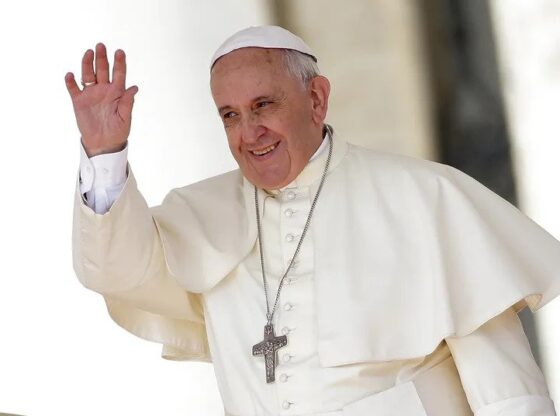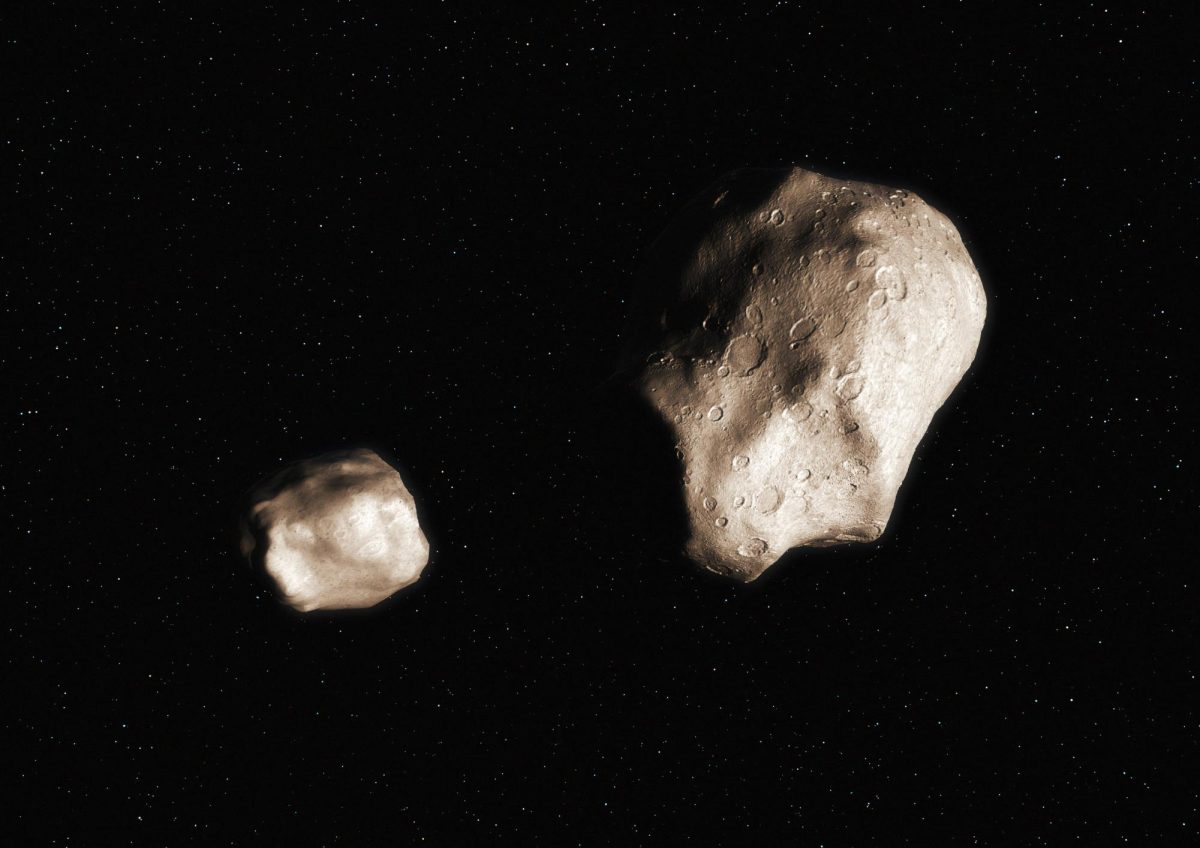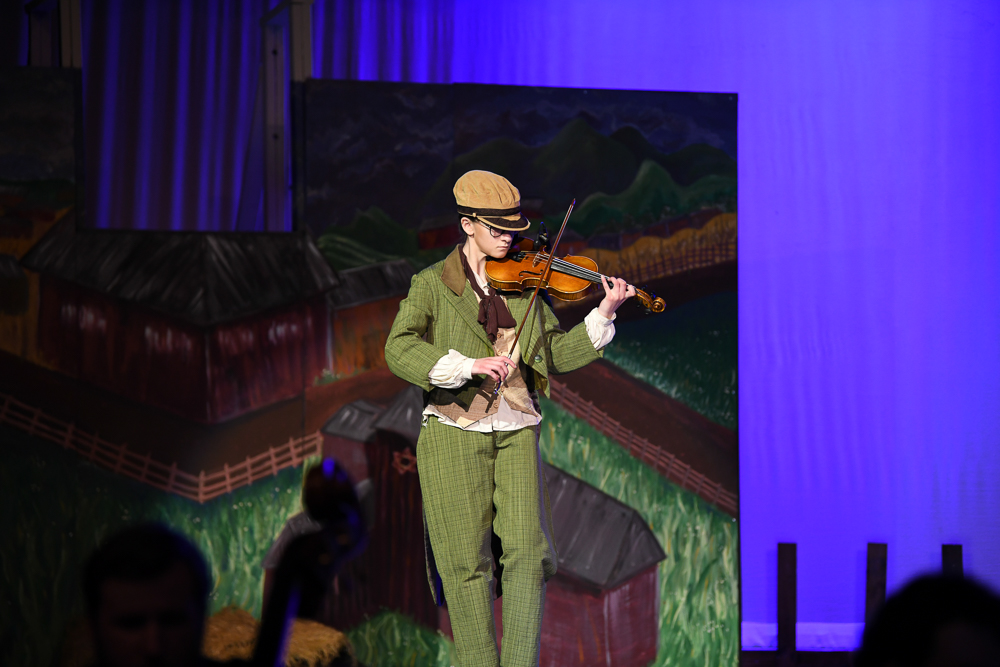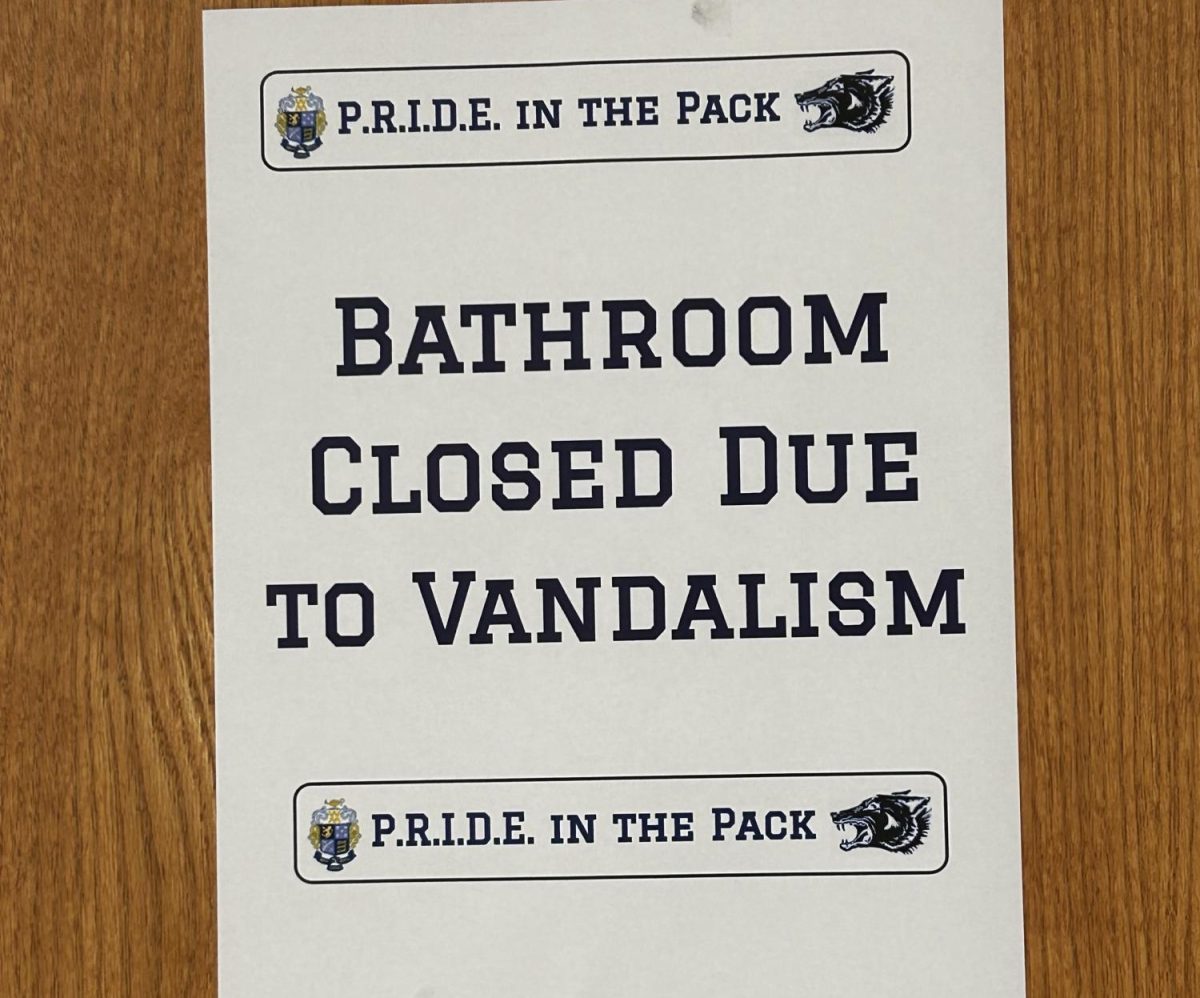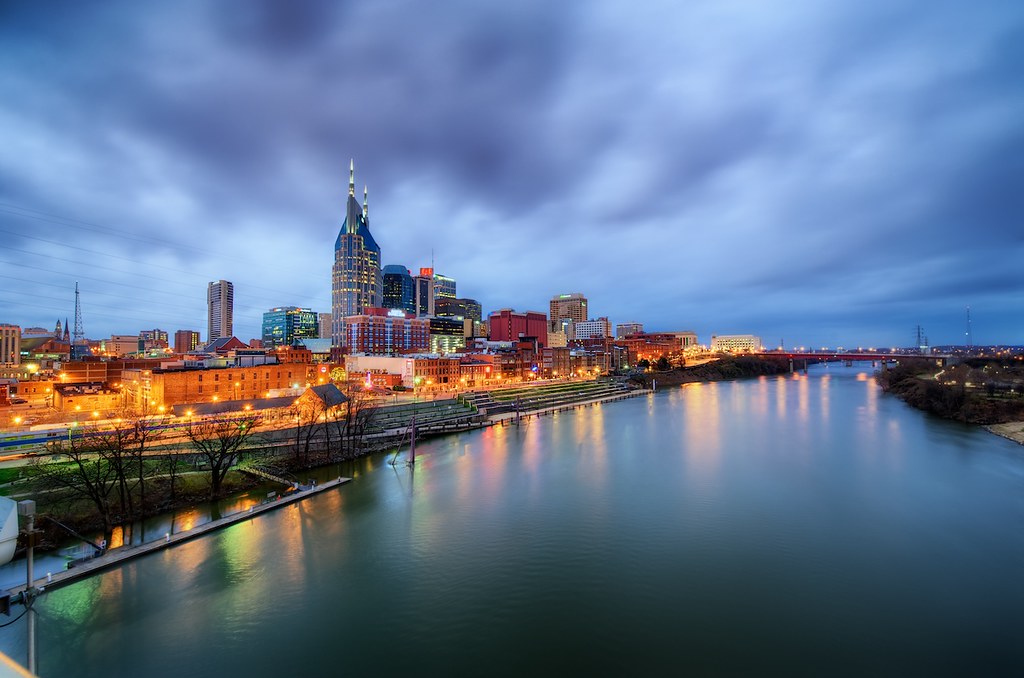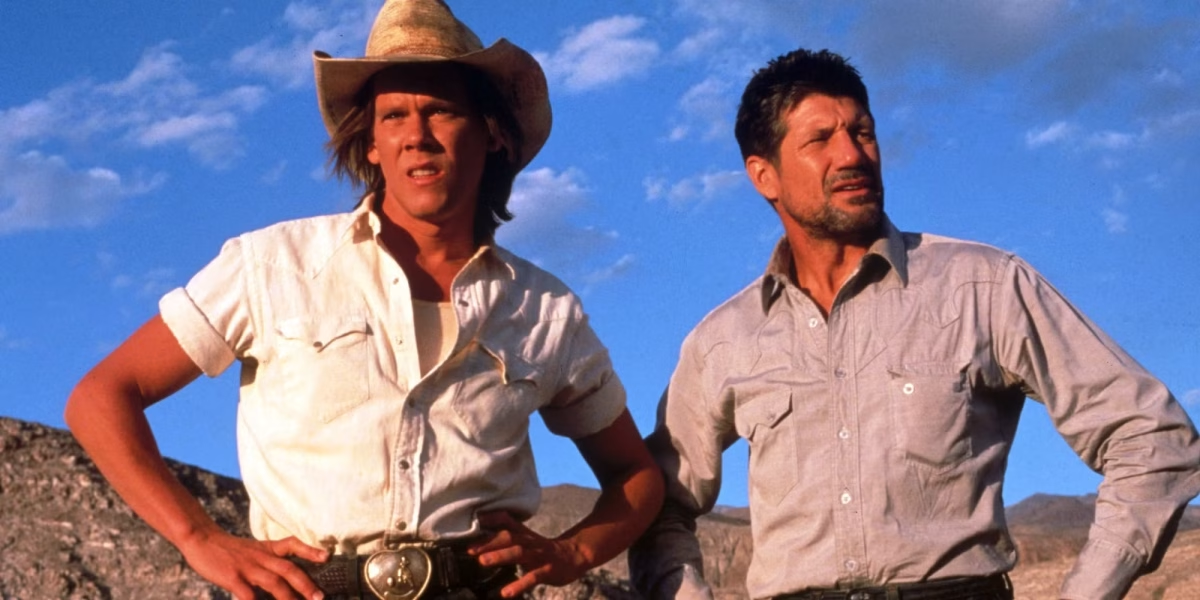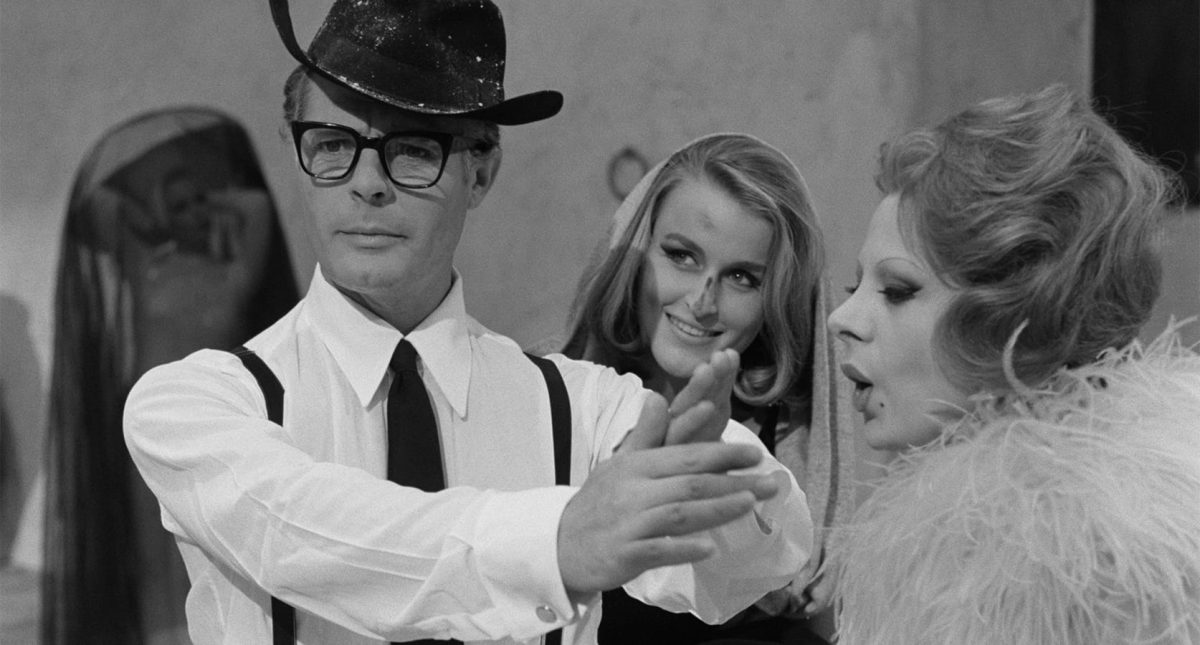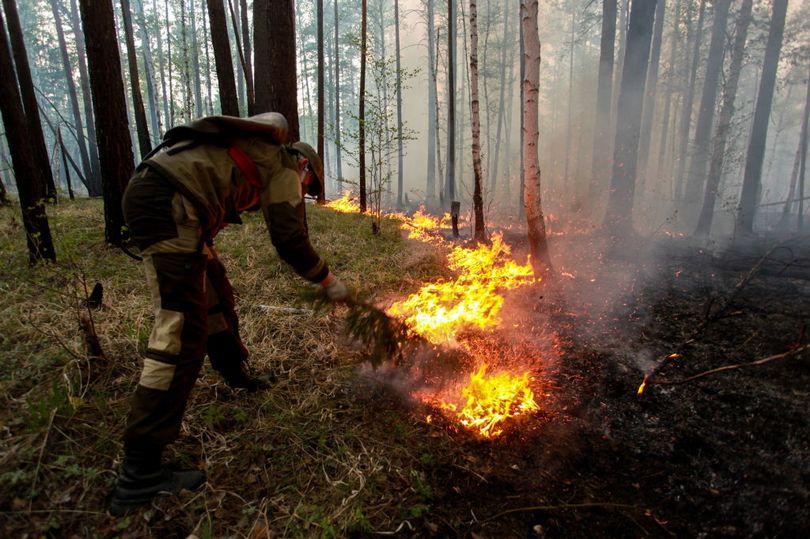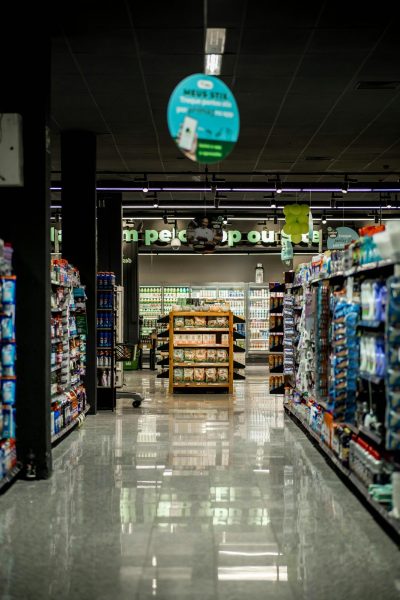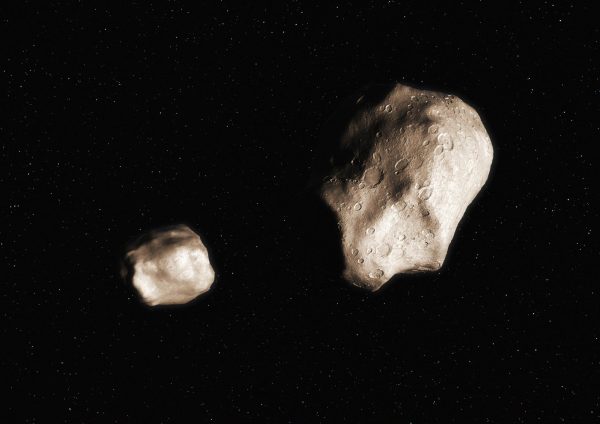Zombie (fire) Apocalypse
Fires in the siberian tundra
California. The Amazon. Australia. And now the Arctic. The newest edition to the list of unprecedented wildfires is this polar region.
The type of fires that are burning in the Arctic are aptly named – like zombies, they don’t die. Although the Arctic has a fire season that runs from July to October, according to Livescience.com, scientists aren’t quite sure why this season is particularly bad, or why it started as early as May; one idea, put forward by Smithsonian Mag, is that these fires are leftover from last year.
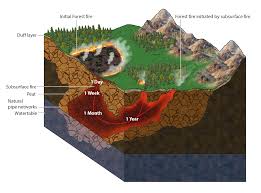
Bloomberg.com explained that Arctic soil is full of nutrient-rich organic material like peat which are highly flammable, making the perfect hiding place for smoldering fires that never really burned out. During the winter, fallen snow can insulate these zombie fires and keep them alive, and when the snow melts, the zombie fires can
reignite. When the fires burn in the peat, which contains carbon dioxide that has been stored in the soil, high amounts of that carbon dioxide are released.
Why does it matter, then, if the Arctic already has a fire season? This year, by August, these fires have already released 244 megatons of carbon dioxide, or higher than the yearly emissions of the Scandinavian countries combined, according to Grist.org. The Arctic CO2 emissions for all of 2019 were only 181 megatons, for comparison; and 2019 was already a record-breaking year for Arctic fires, says The Washington Post.
The consensus among scientists is that these especially destructive fires are a result of climate change and rising temperatures in the Arctic. In fact, according to Grist.org, Russia’s polar region, Sakha Republic, experienced its first ever 100-degree day in mid-June. The effects of climate change are more visible in the Arctic; Mike Parrington, senior scientist at Europe’s Copernicus Atmosphere Monitoring Service (CAMS) says that scientists have “known for a long time that the rate of change of climate and temperature at northern latitudes has been two to three times faster than the global average. What we’re now seeing is a symptom of that more rapid rate of change.”
And that rapid change is occurring sooner than predicted; According to The Washington Post, computer model projections showed that such extreme wildfires shouldn’t happen until the mid-century. The question of whether this past year is an anomaly or not is on many scientists’ minds.
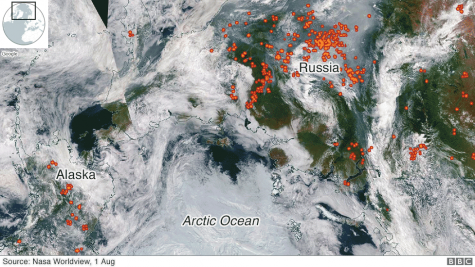
In addition to releasing carbon dioxide, these fires are releasing methane, a more potent greenhouse gas that has, according to Grist.com, 30 times the global warming potential of carbon dioxide. Another result of these fires is particulate matter, which has spread across the Arctic circle, coloring skies from Siberia, Northern Europe, and Canada, according to Esquire. This black particulate matter also settles on the Arctic ice, and absorbs more sunlight, quickening ice-melt, Grist.org explains.
How long these zombie fires will last, and the extent of the damage they will cause, is yet to be known. What is known is that these fires are indicative of a great change in the Arctic.

Analise is a senior at West Morris Central high school. During her junior year, she was a world news editor for The Paw. She has a passion for educating...

